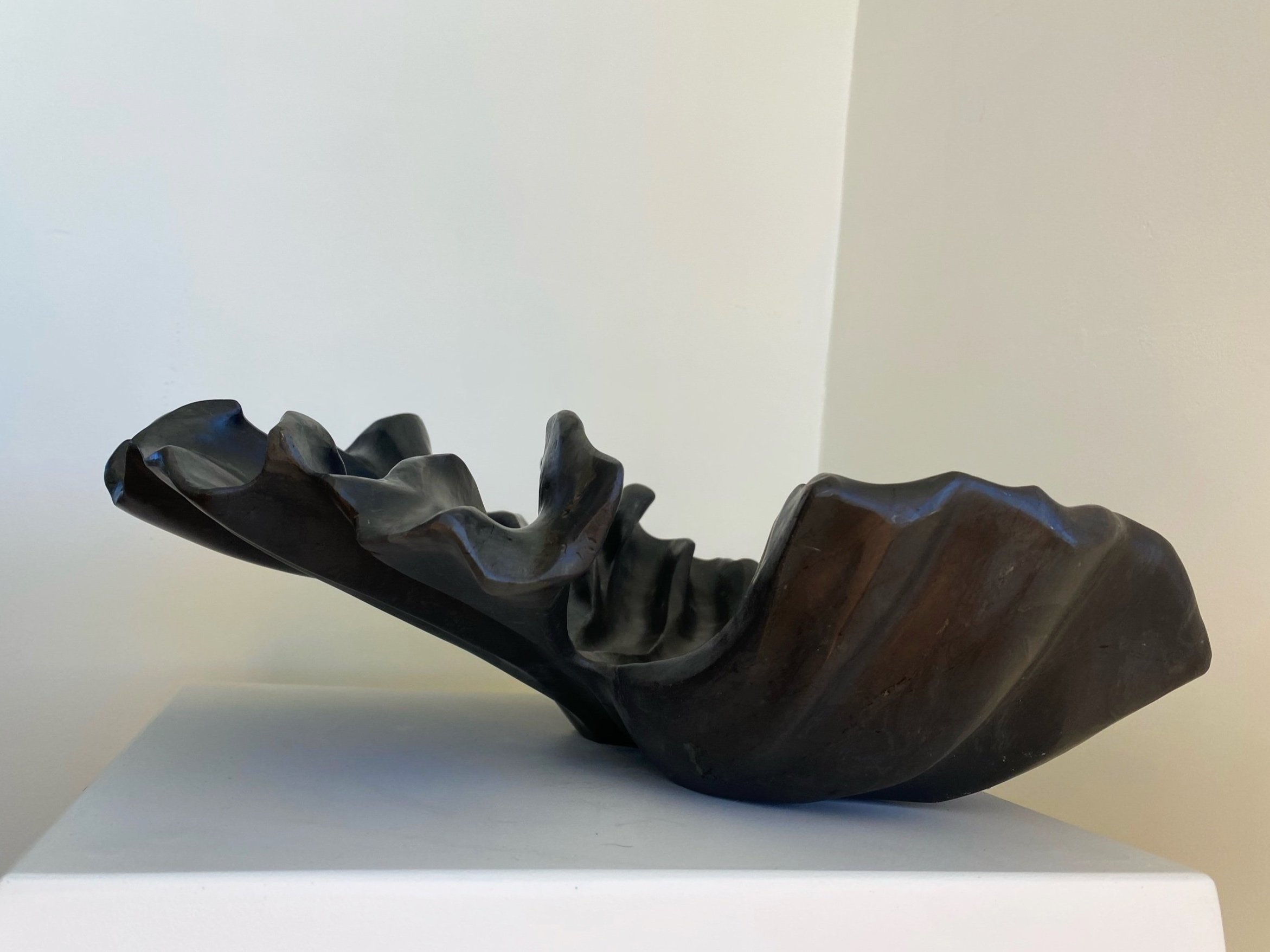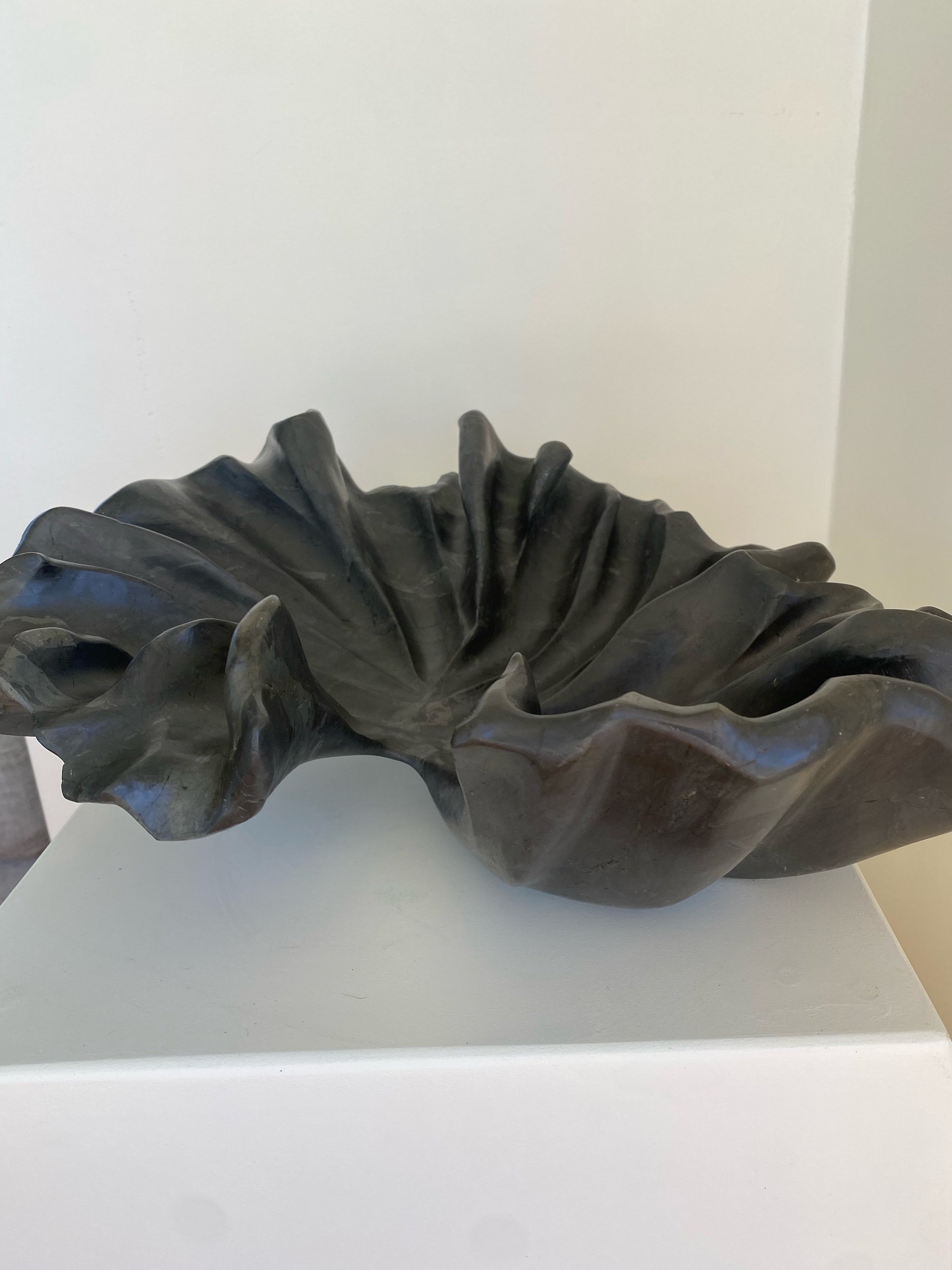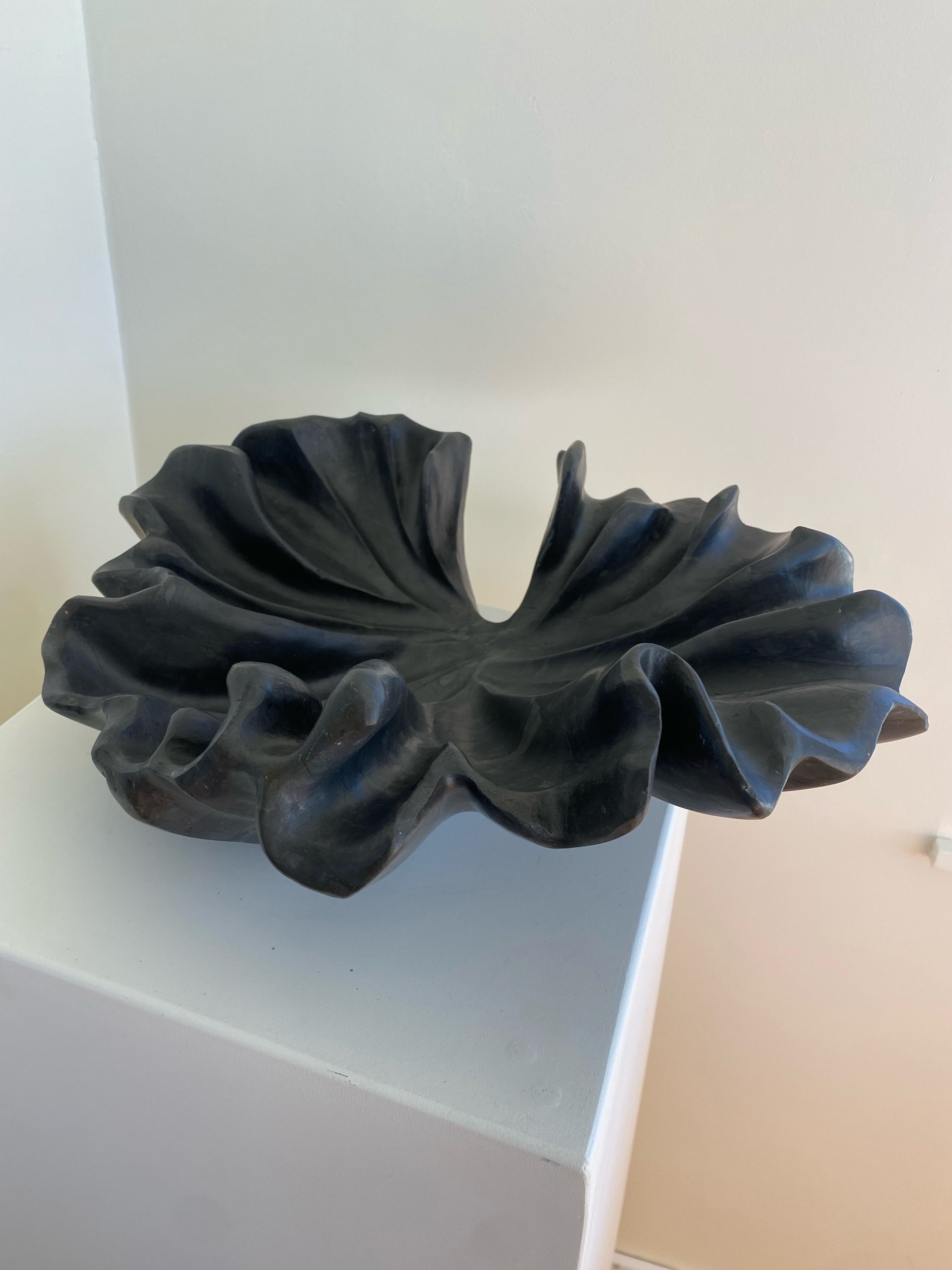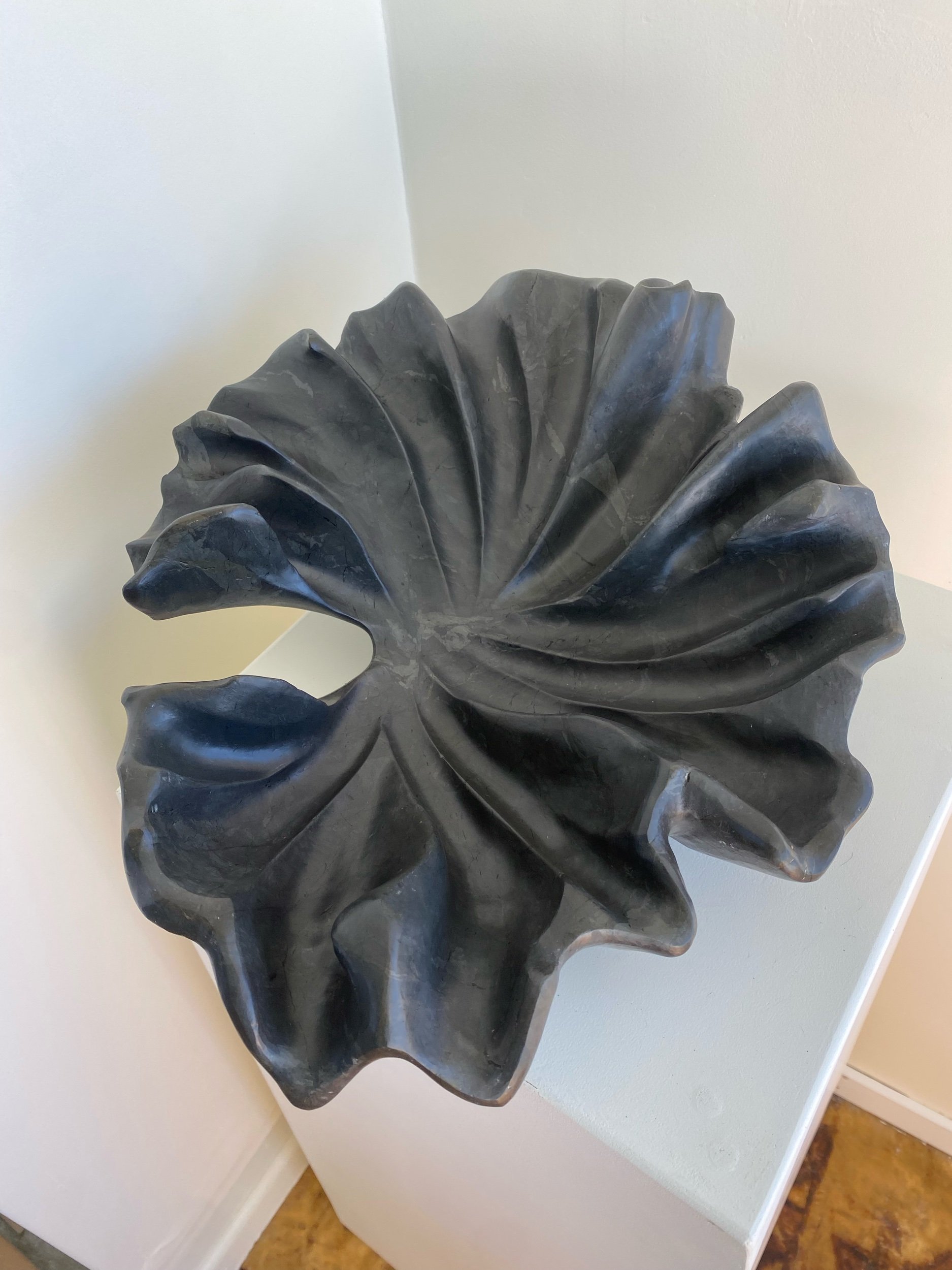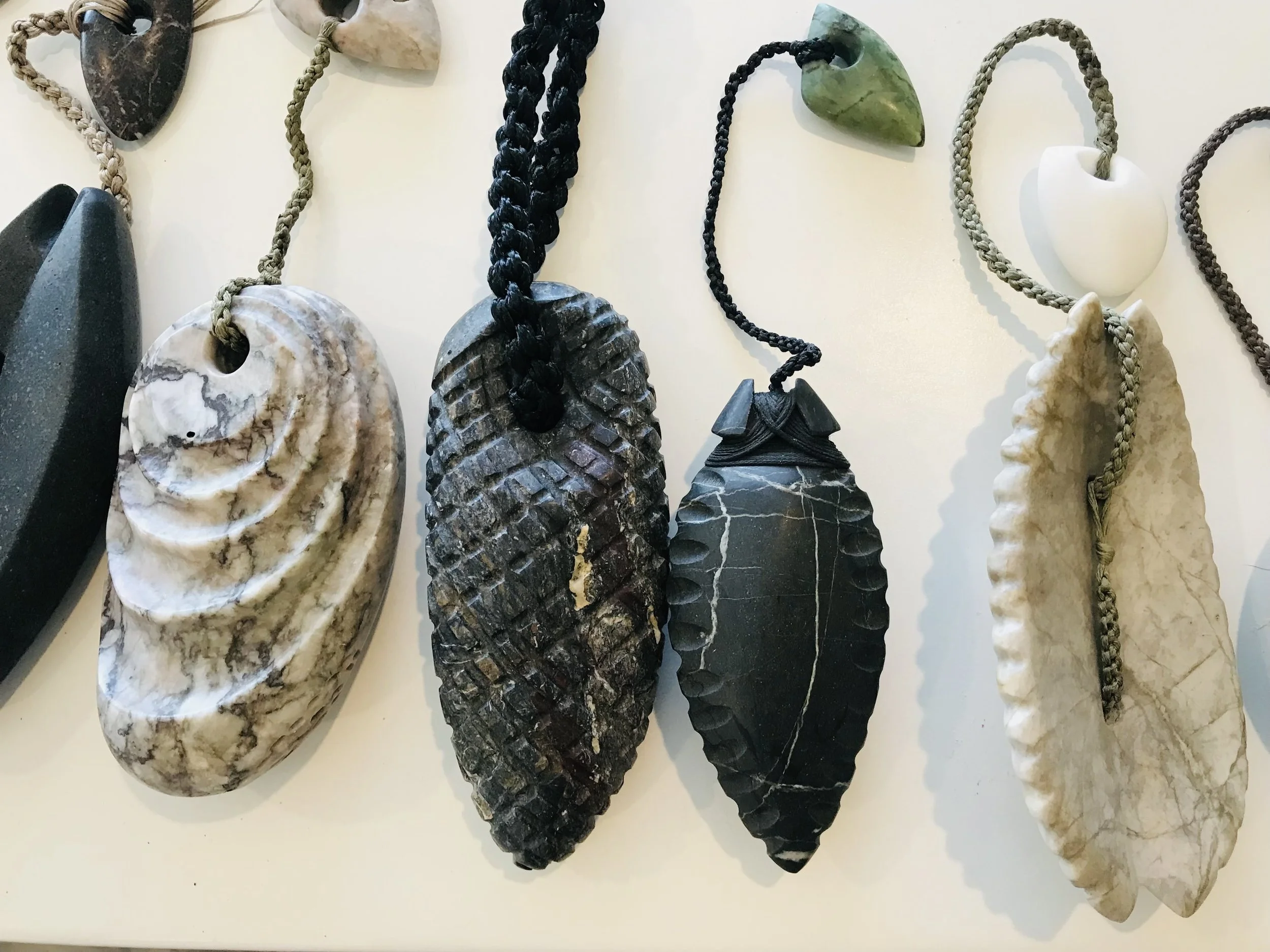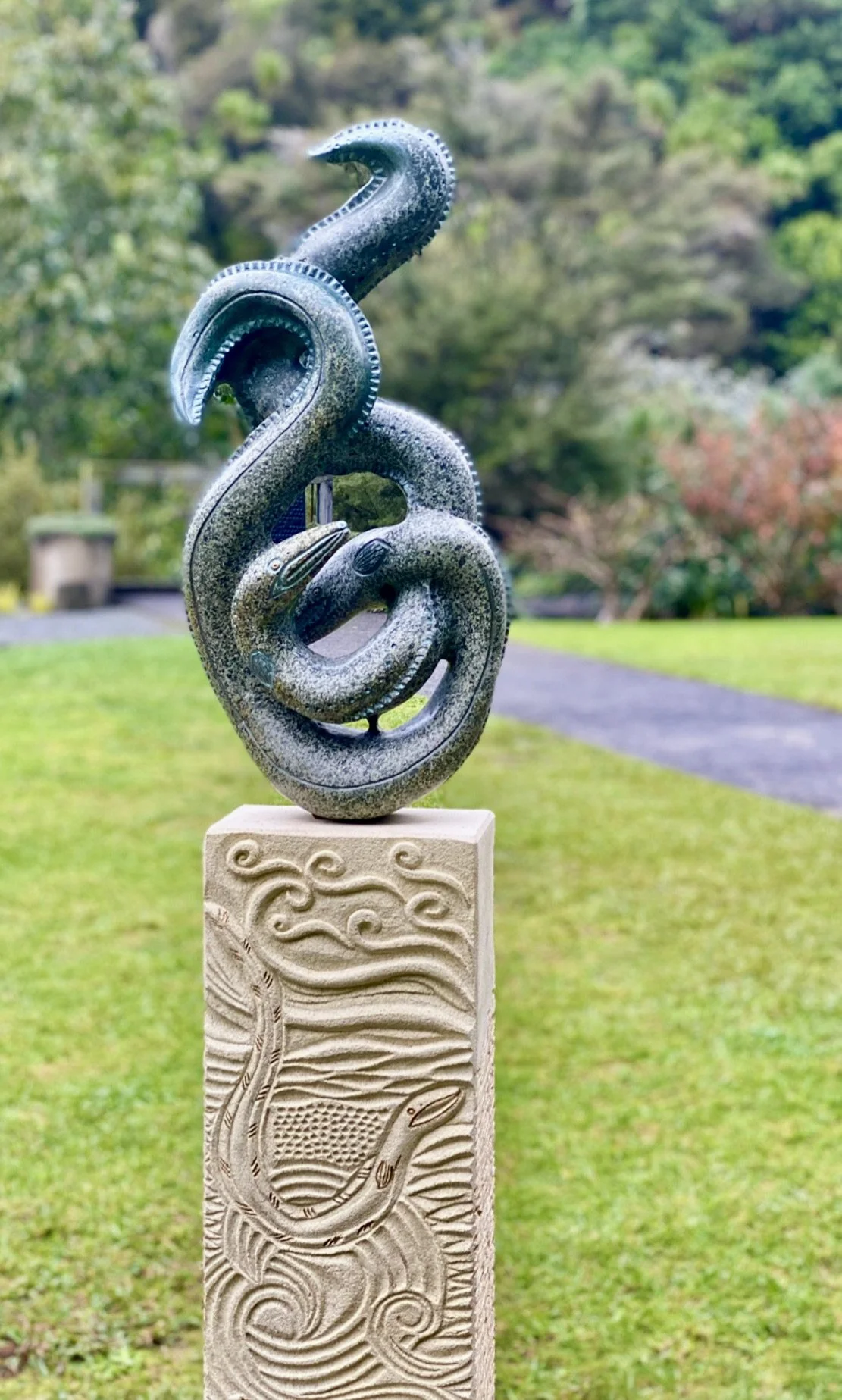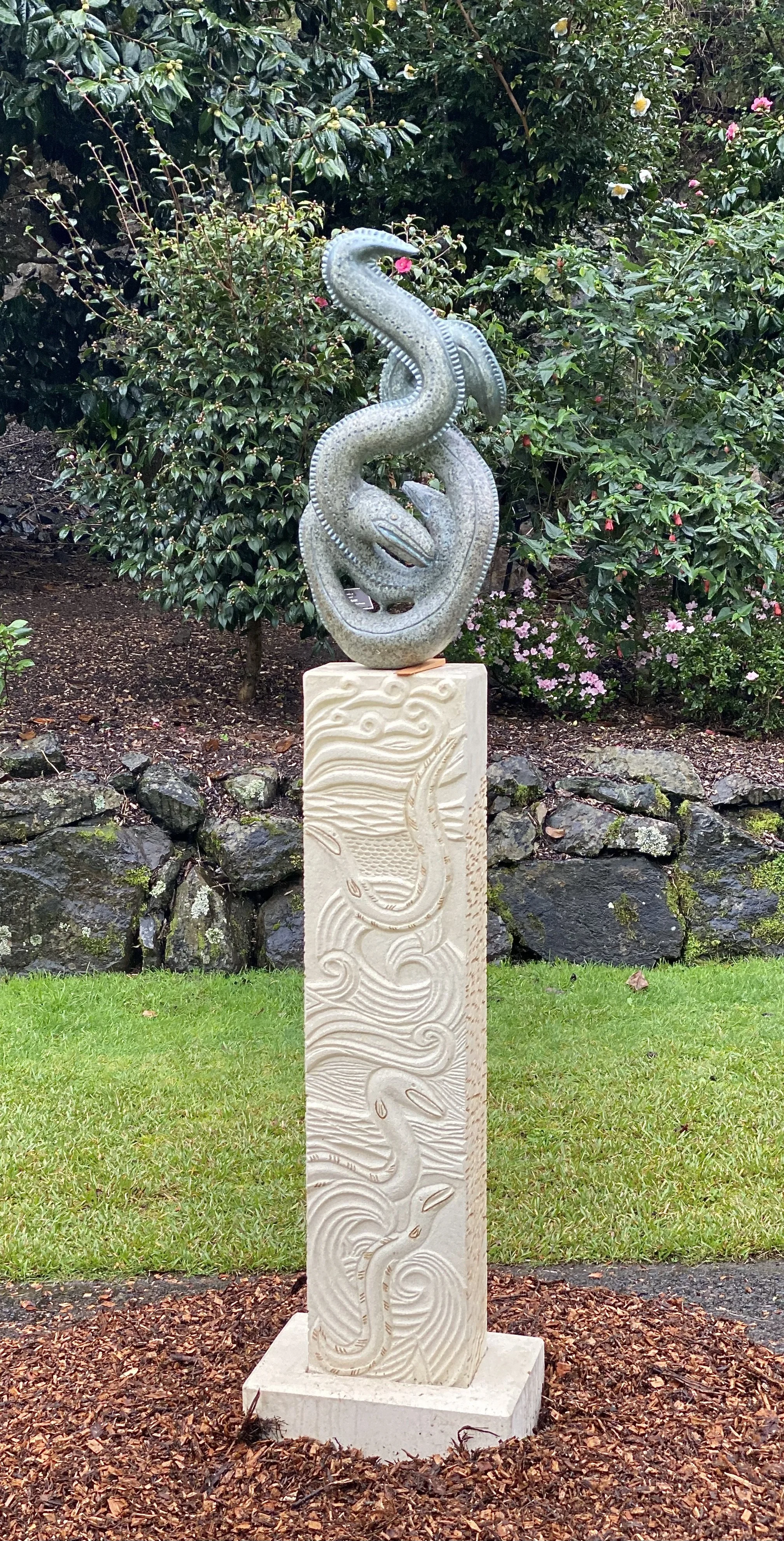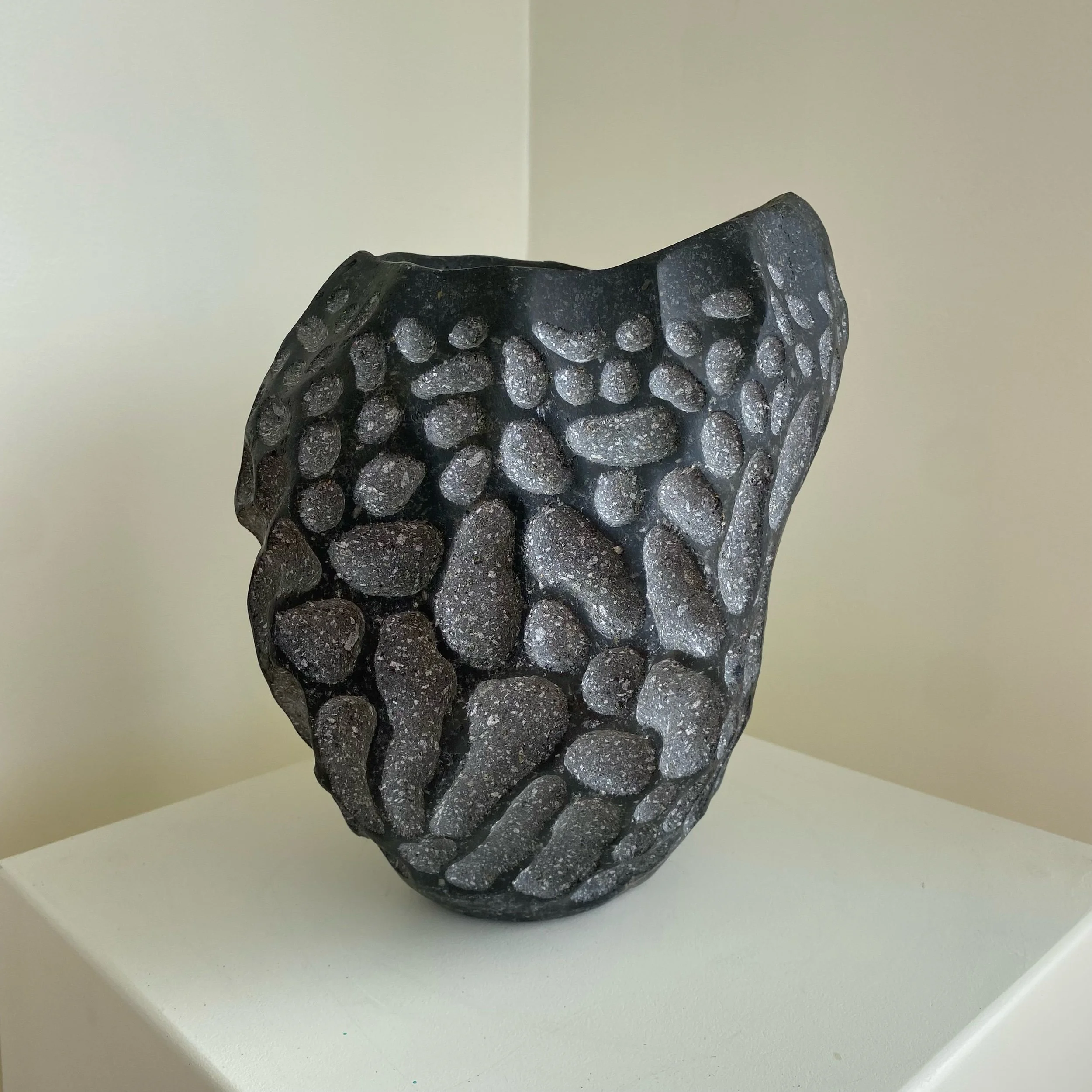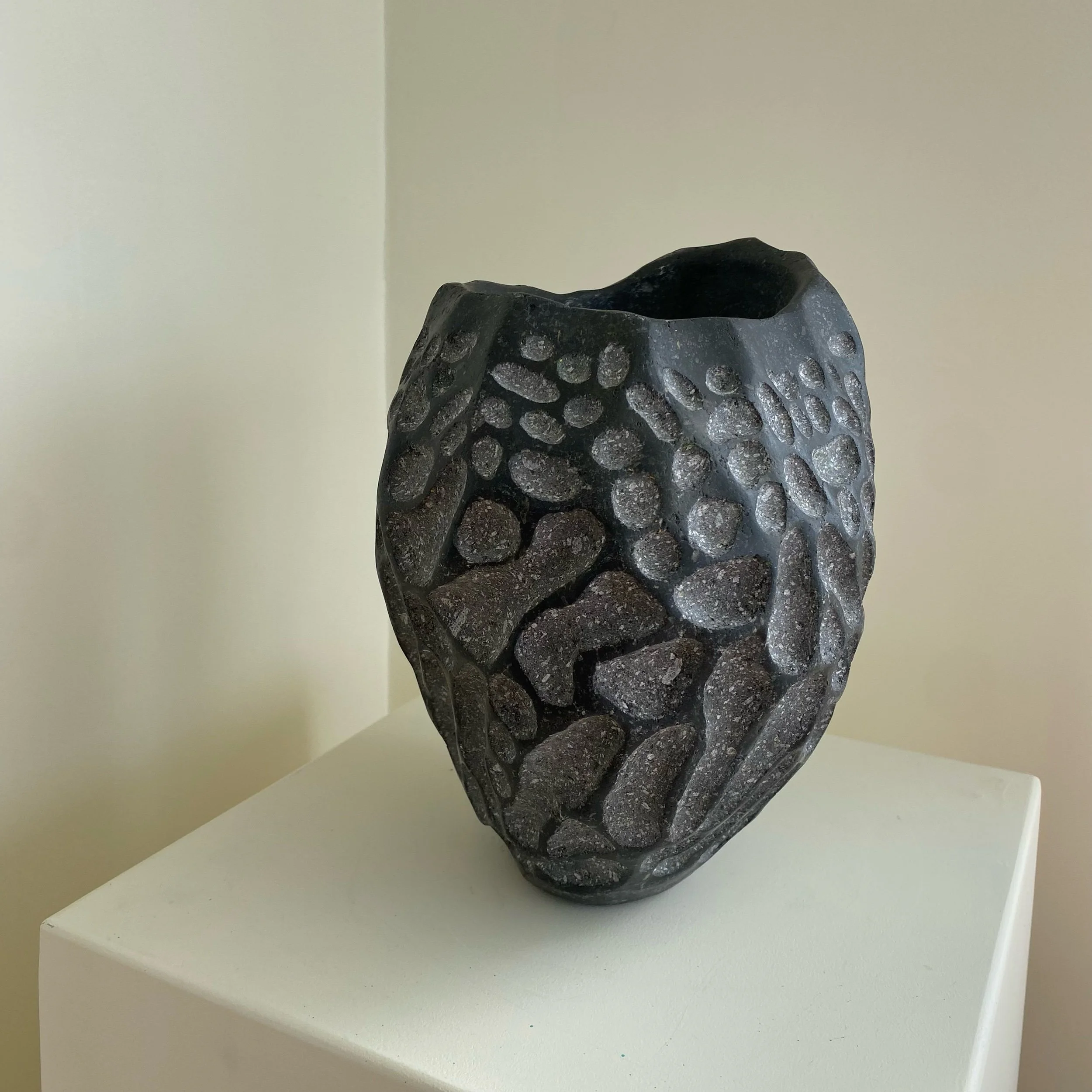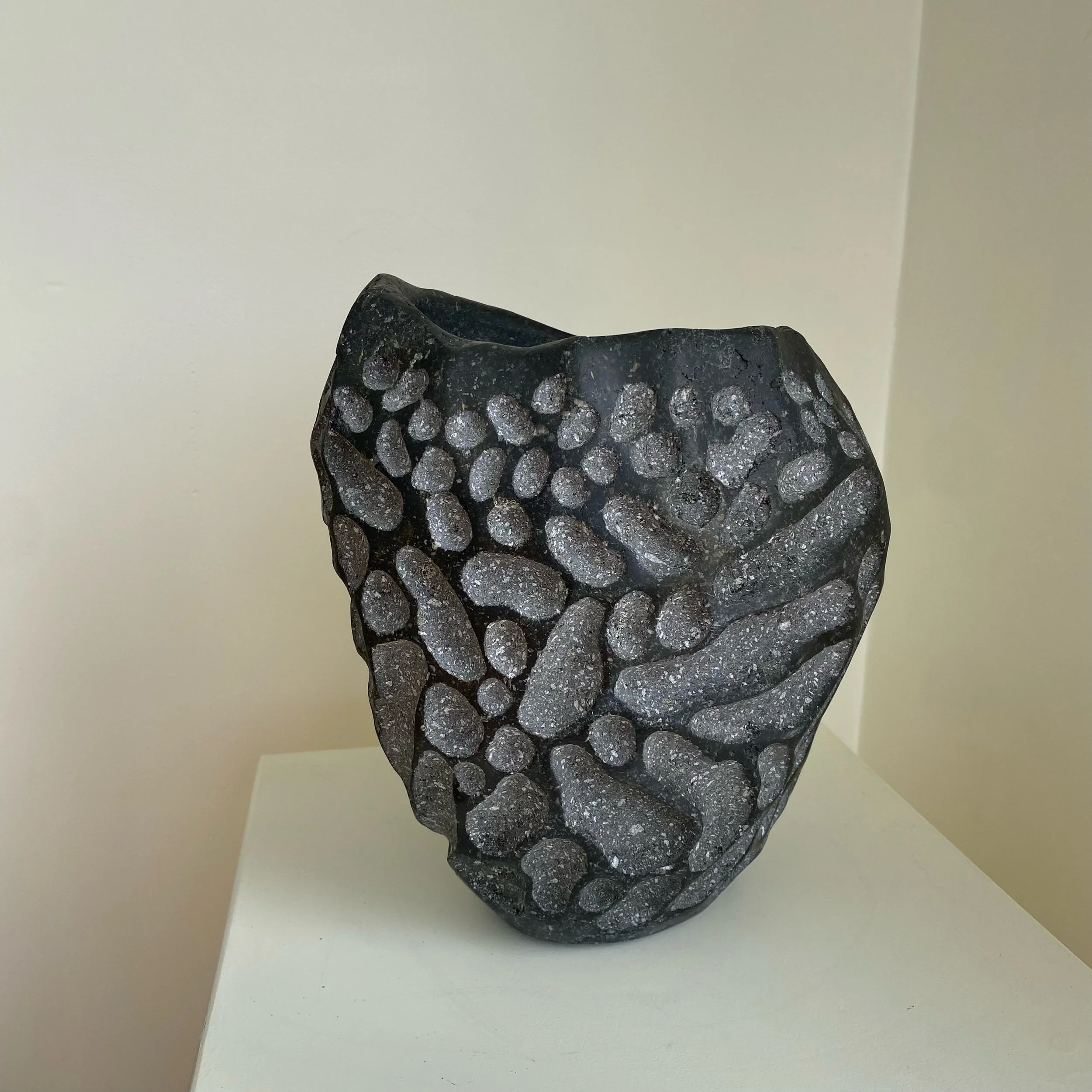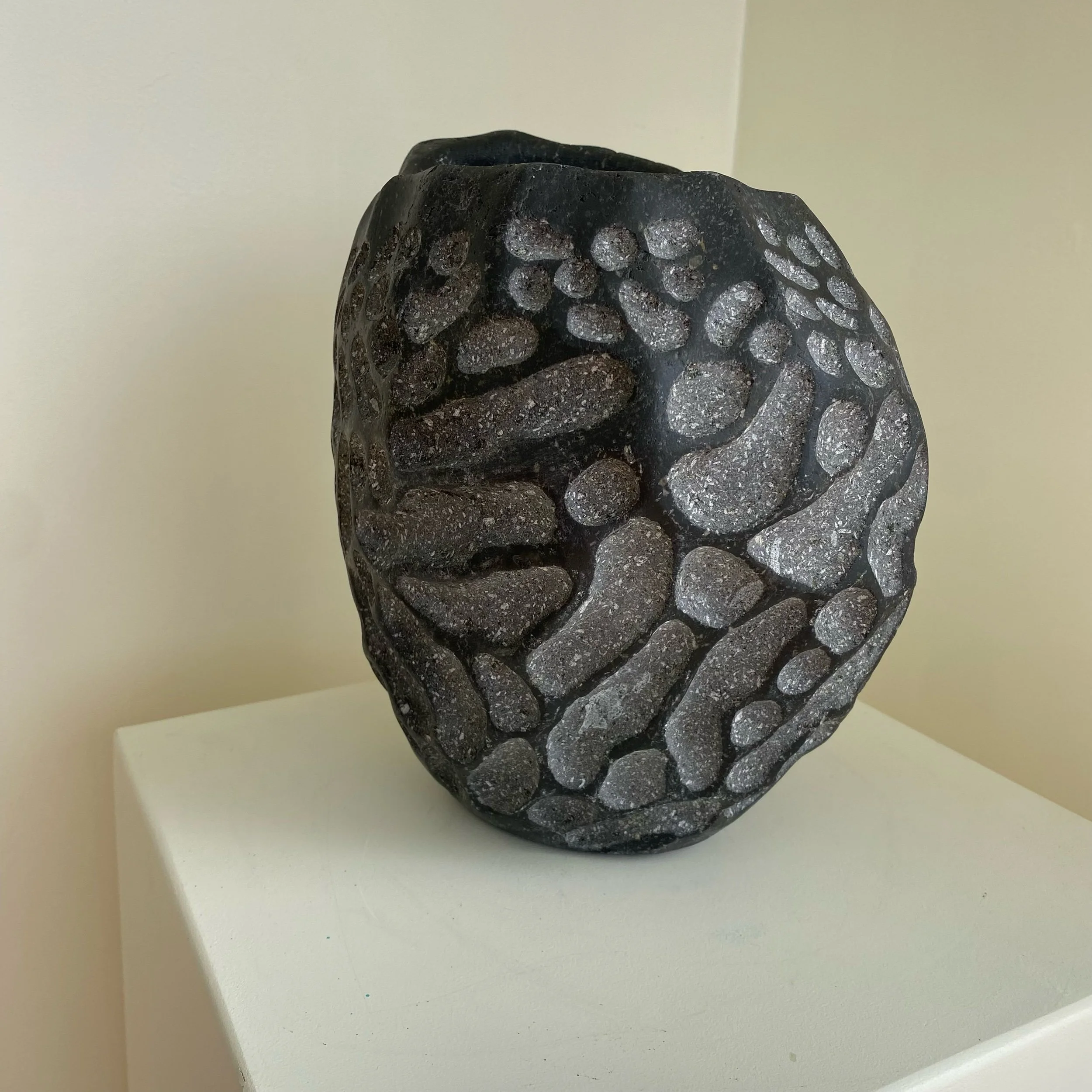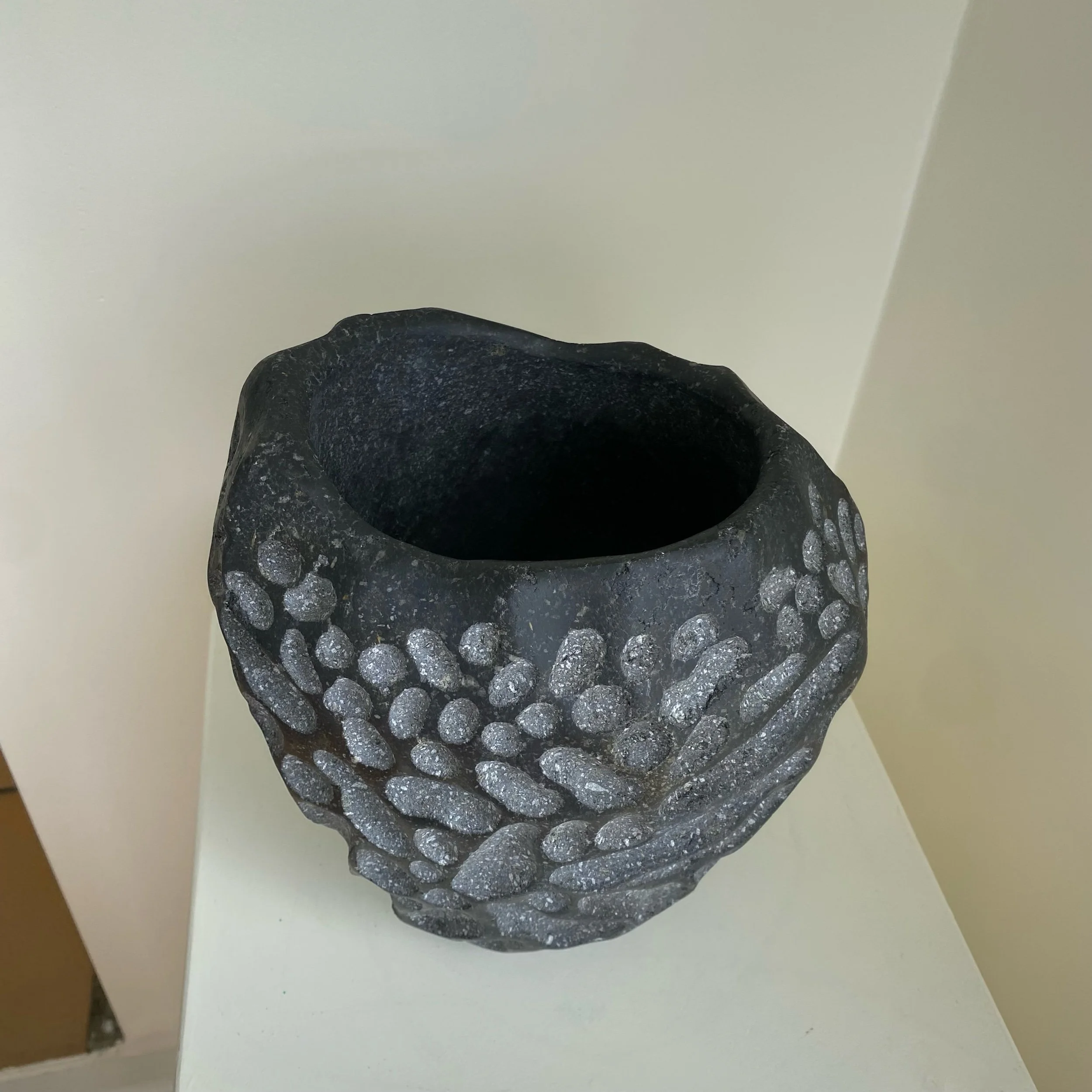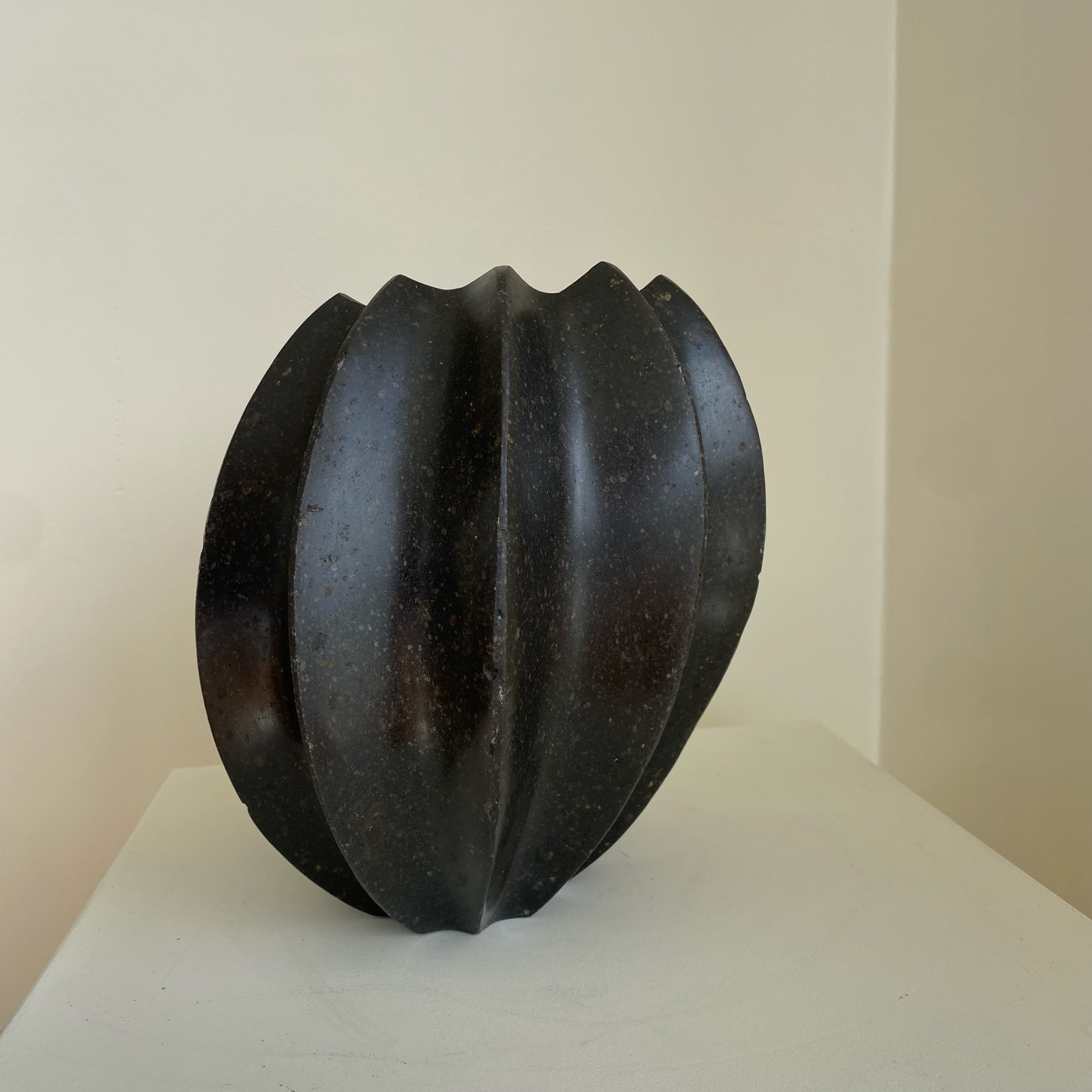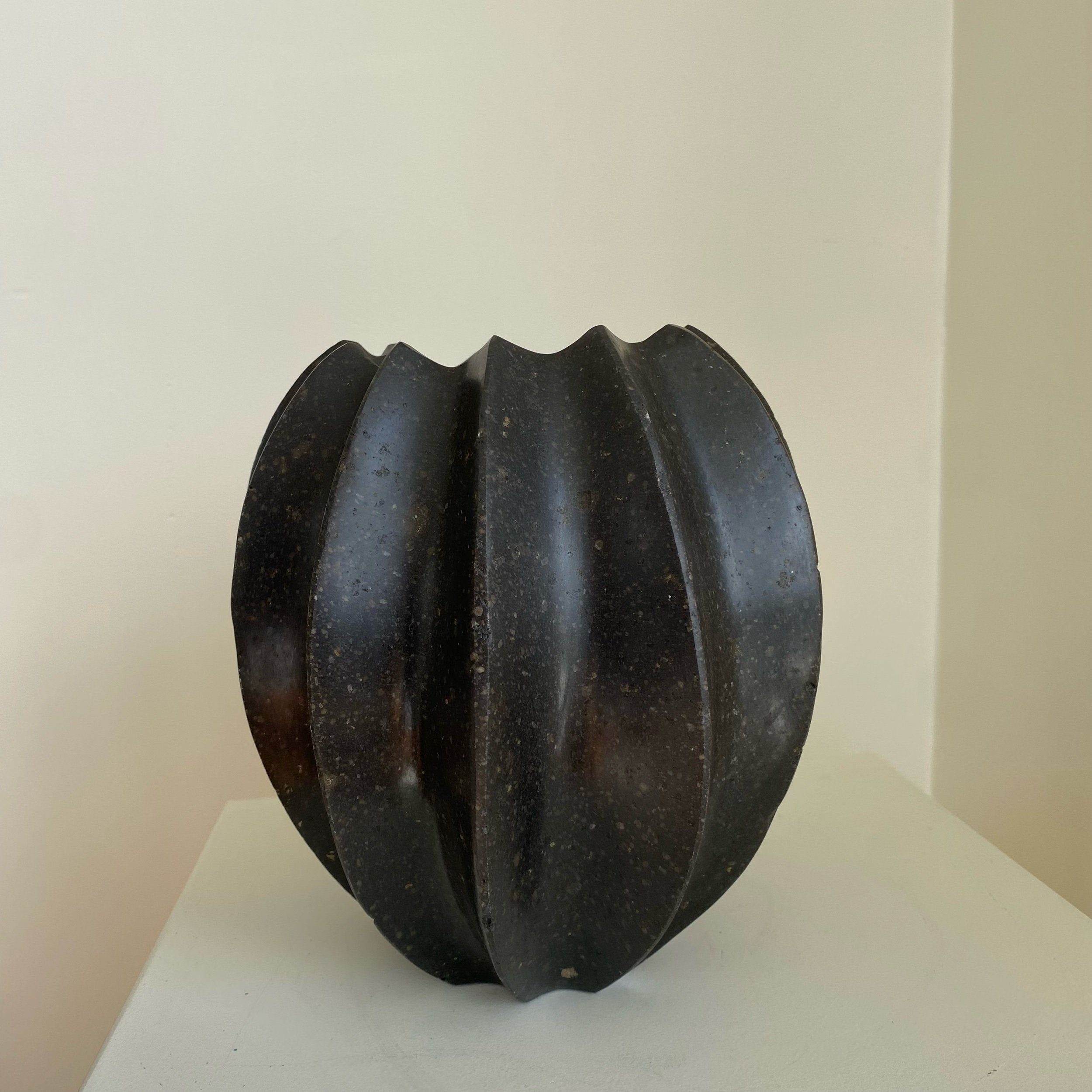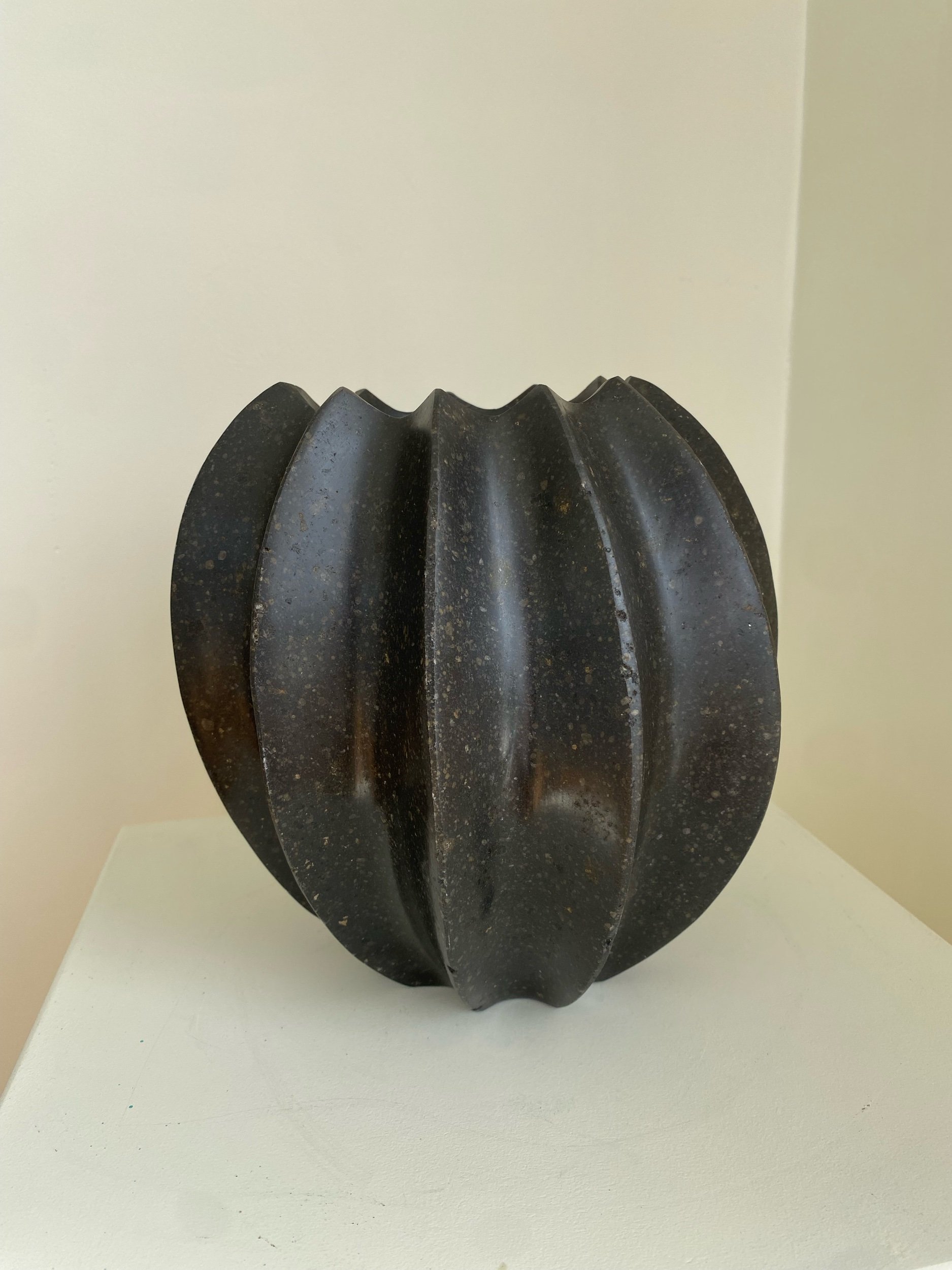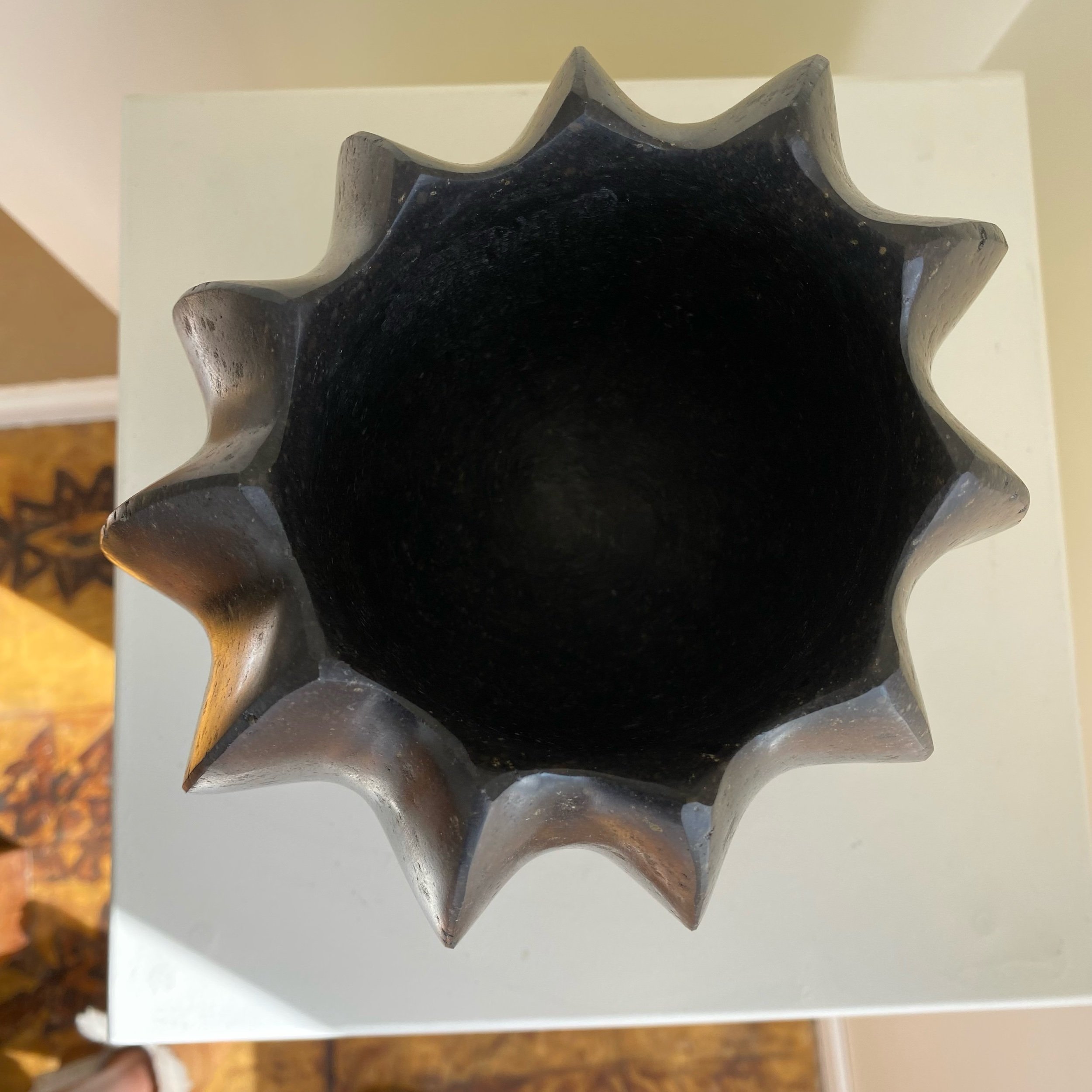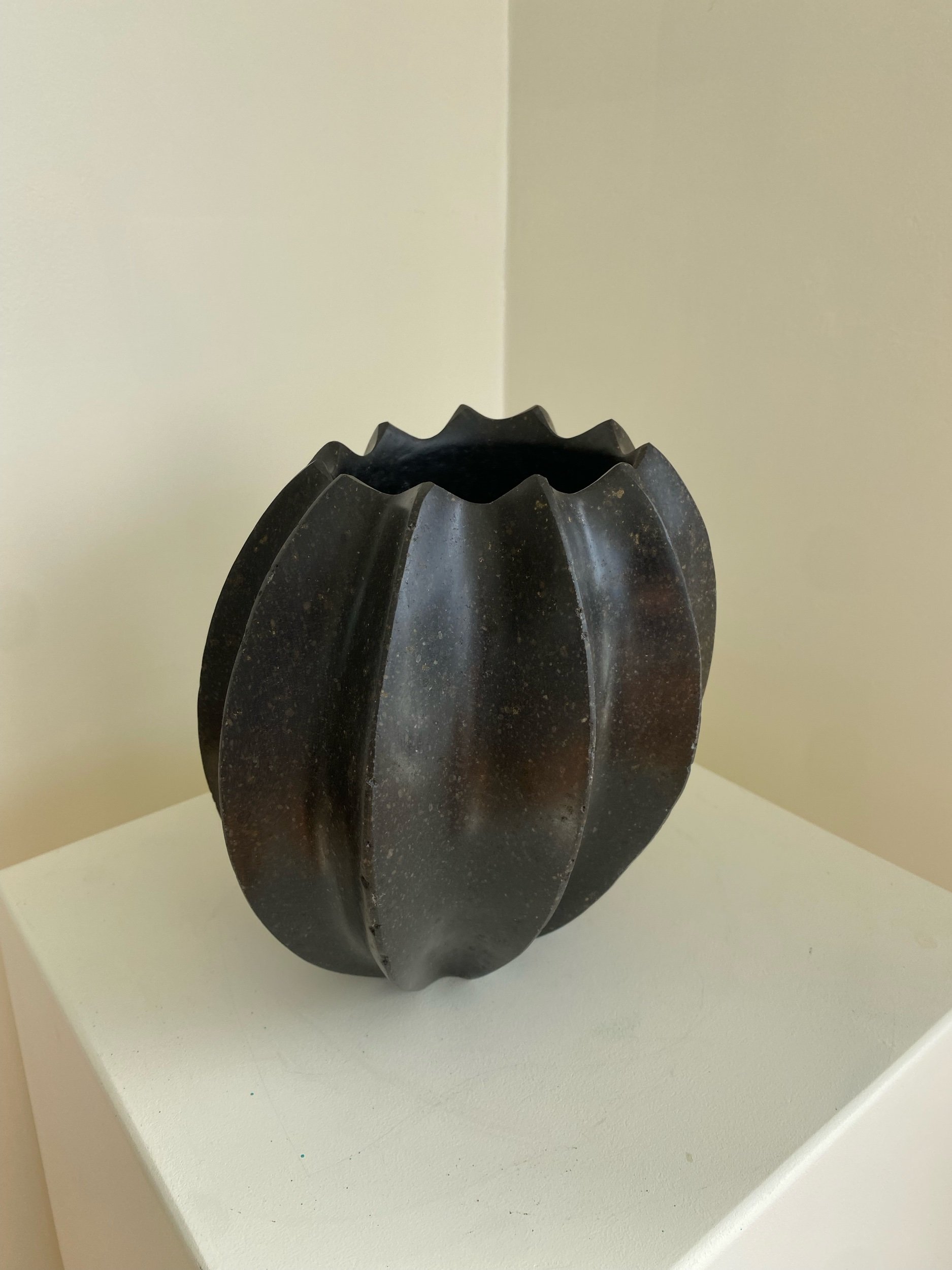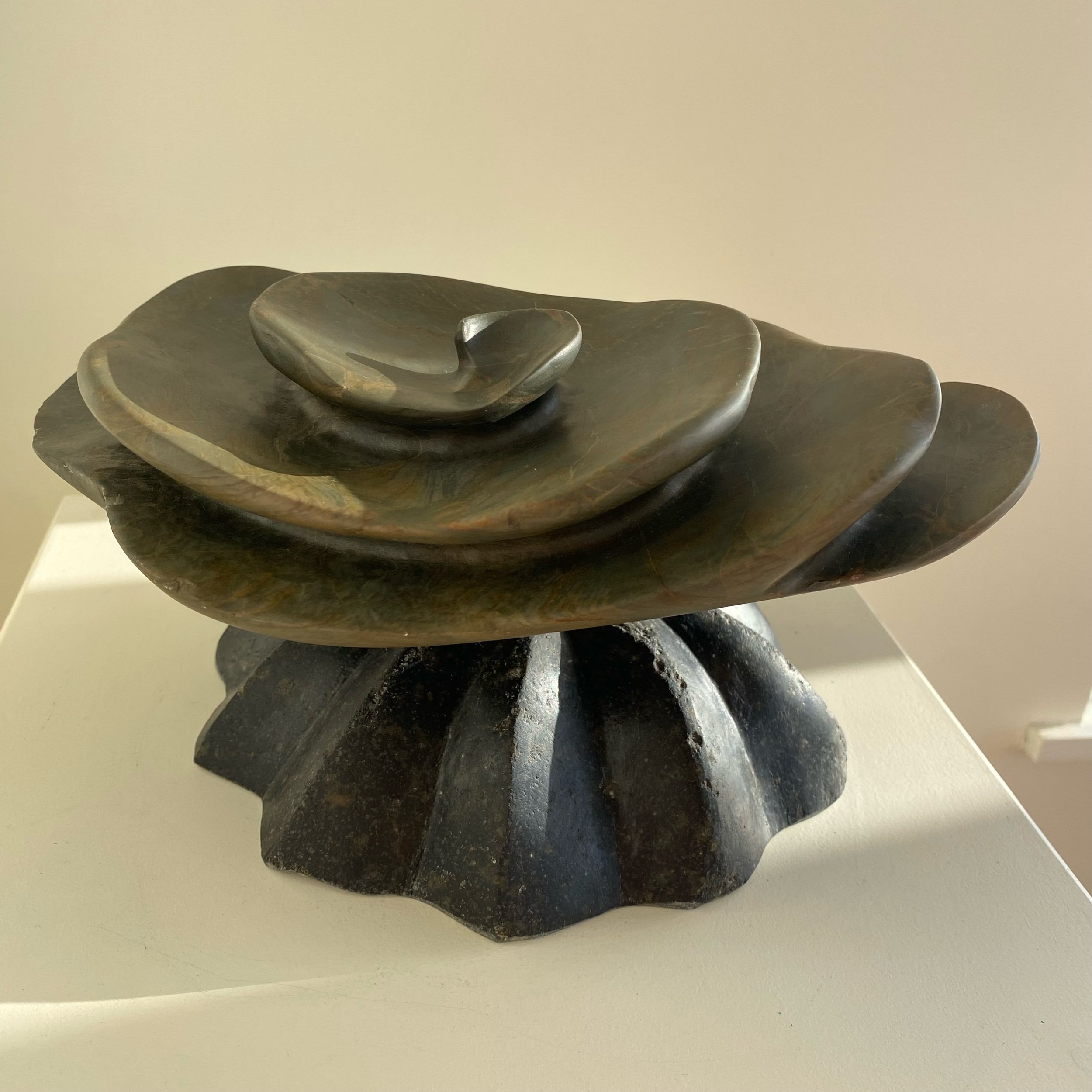 Image 1 of 5
Image 1 of 5

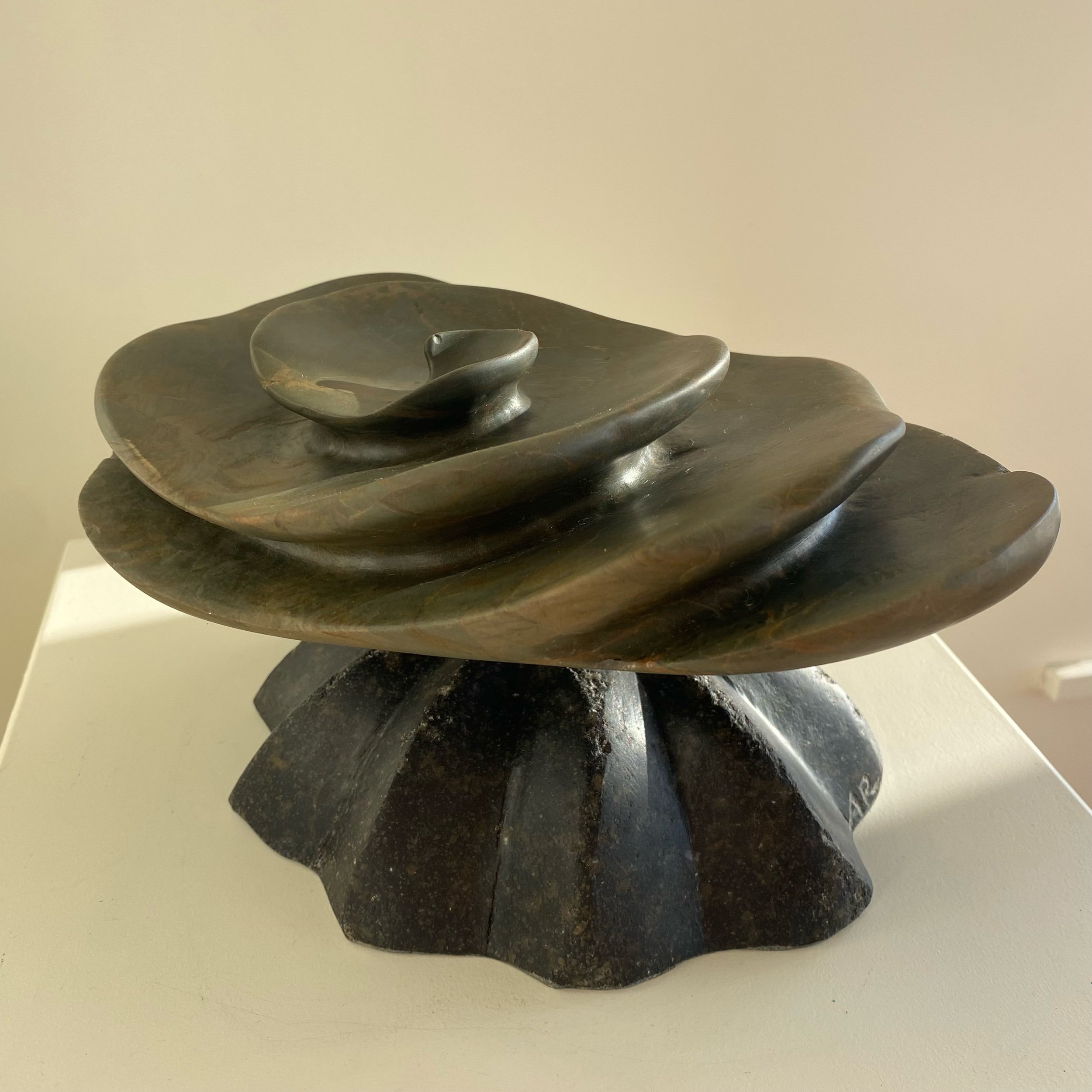 Image 2 of 5
Image 2 of 5

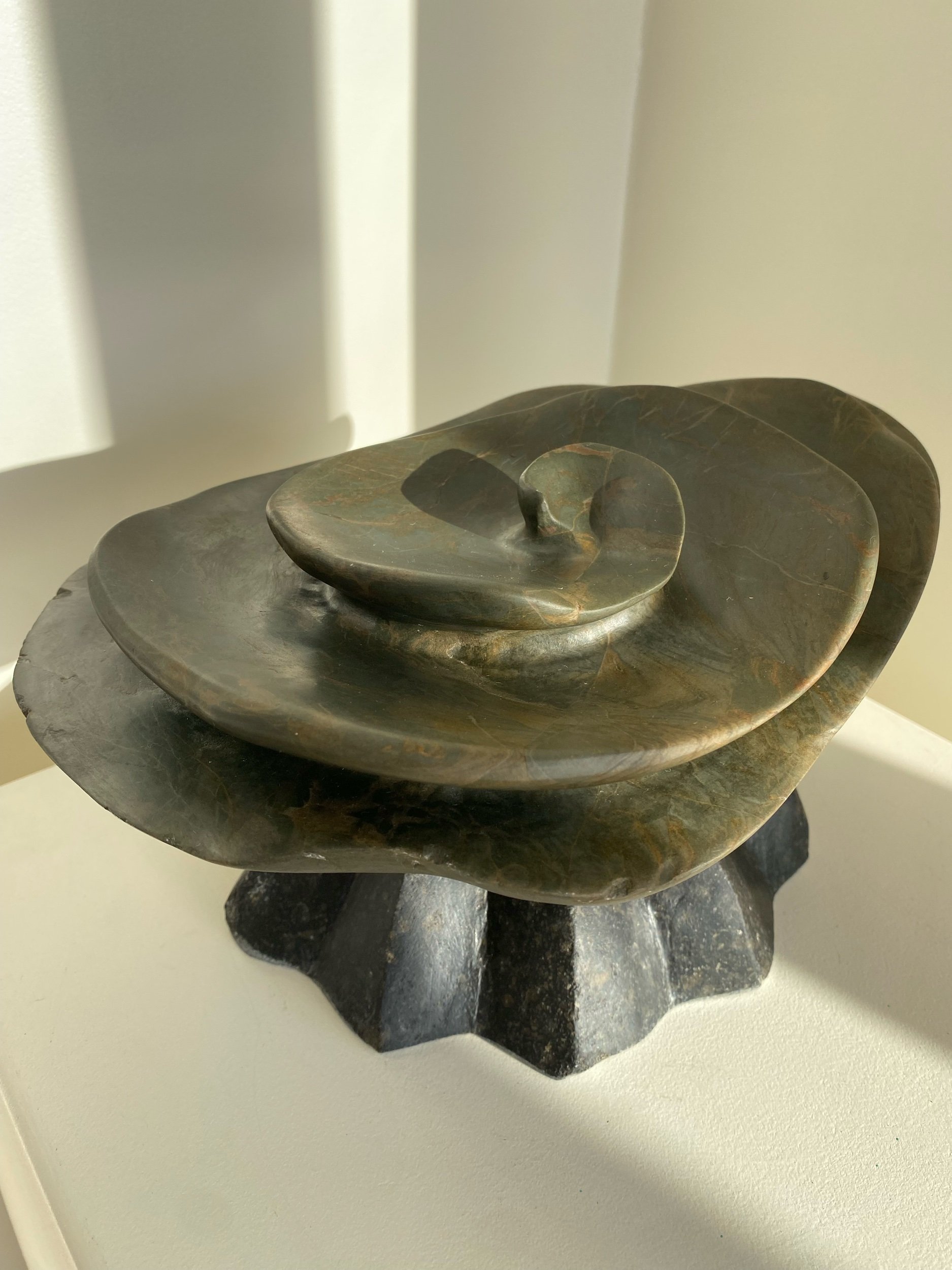 Image 3 of 5
Image 3 of 5

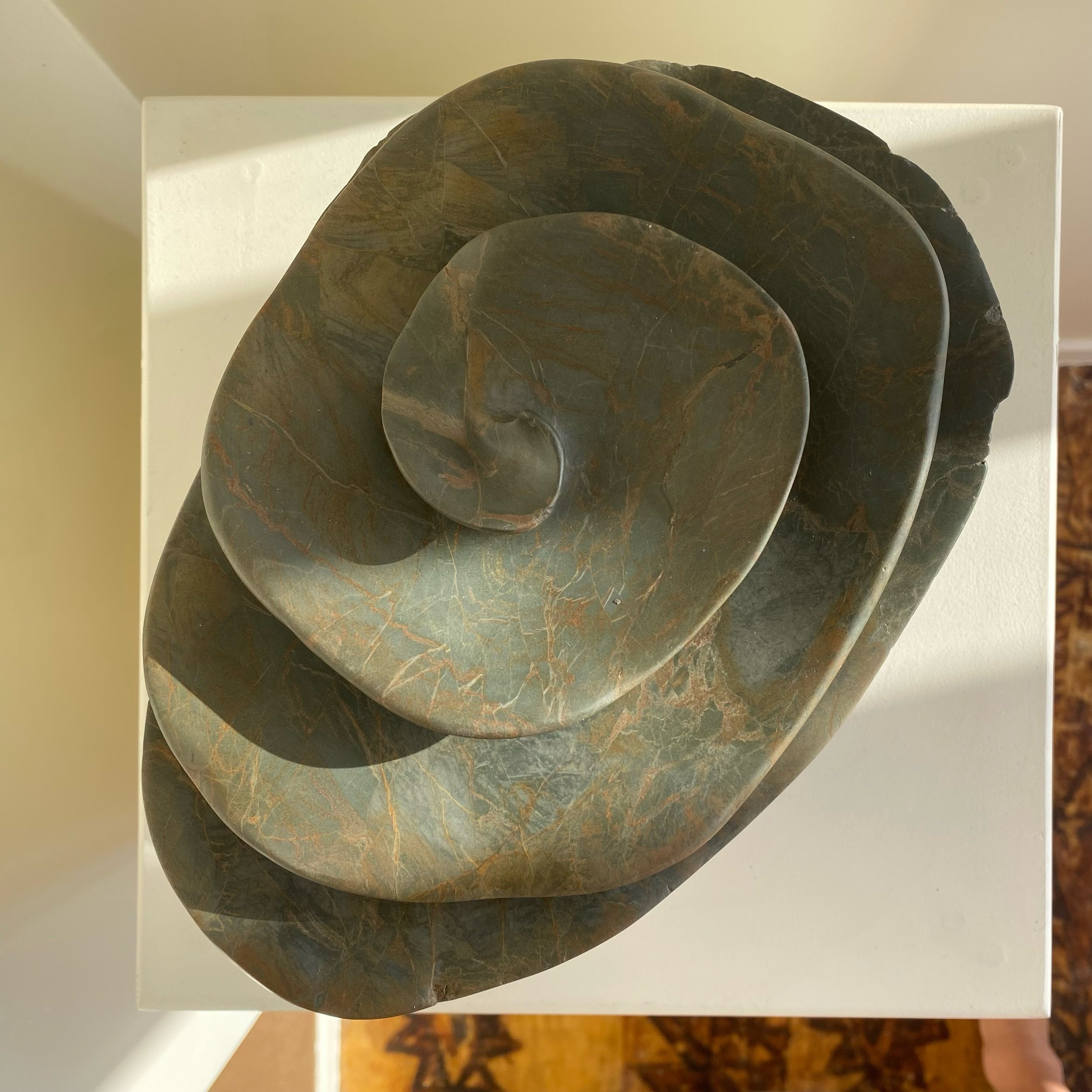 Image 4 of 5
Image 4 of 5

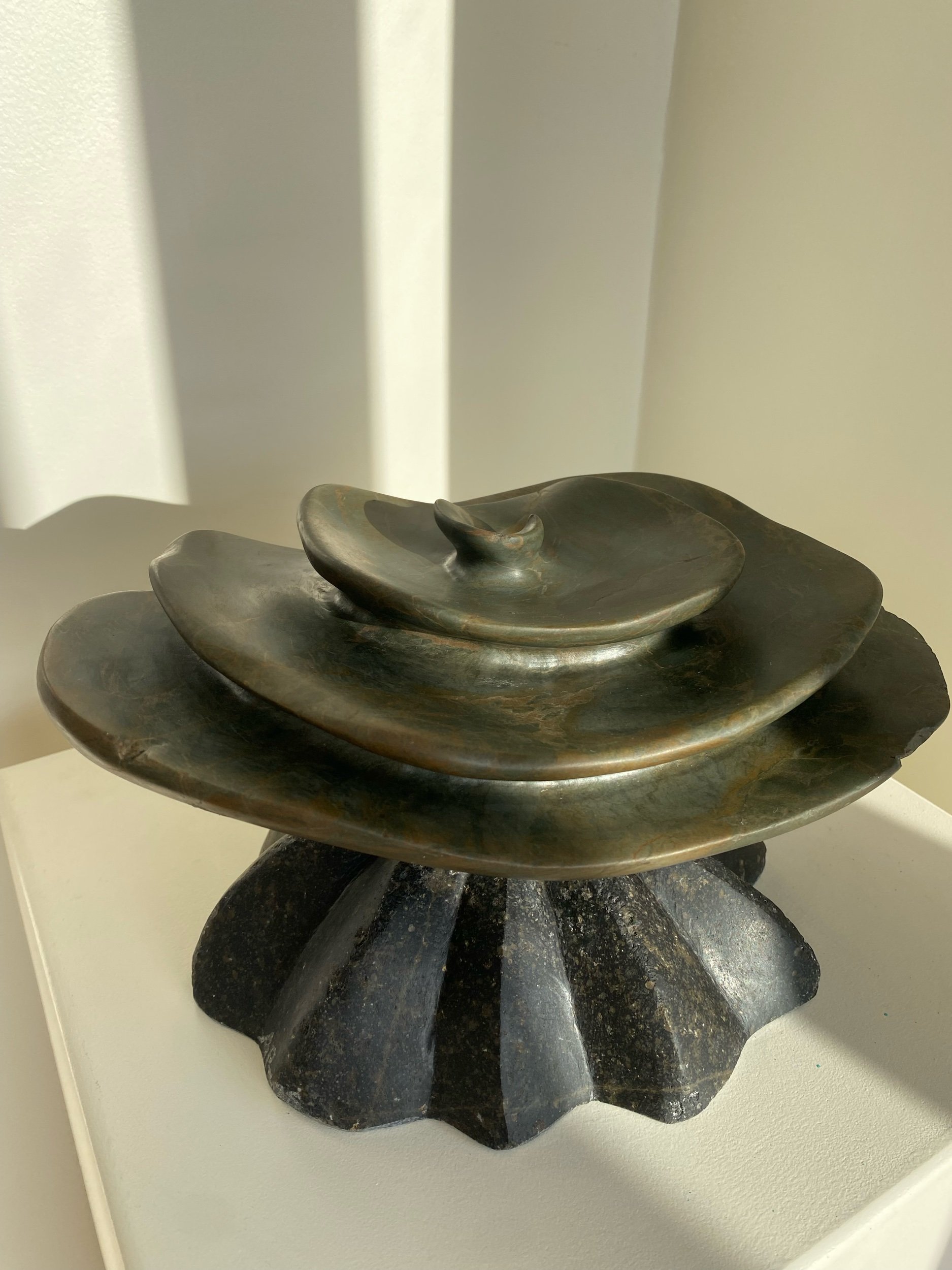 Image 5 of 5
Image 5 of 5






Fragility
Cymbastella Sponge
Argillite and Andesite. 250 × 180 × 130mm.
Fragility is an exploration of the fragile, delicate, and temporary becoming a more permanent object in order to demonstrate to us the true fargile nature of a sponge. Redpath likes to drawn attention to objects or things that we either take for granted or dont think about often, as they are not in our everyday presence.
The Cymbastella sponge, native to Fiordland and the surrounding waters of New Zealand, is the focus of a long-term study by Victoria University, Wellington, investigating the impacts of marine warming on its health and survival. Researchers are particularly examining the bleaching effect caused by rising sea temperatures, a stress response that threatens the sponge's vibrant existence. This life-size carving represents the largest form that the Cymbastella typically attains, as individuals are often smaller in the wild.
Through this work, the study not only highlights the fragile balance sustaining our oceans but also echoes the resilience woven into the stories we carve—reminding us of our whakapapa and shared responsibility to protect the natural world for future generations.
Cymbastella Sponge
Argillite and Andesite. 250 × 180 × 130mm.
Fragility is an exploration of the fragile, delicate, and temporary becoming a more permanent object in order to demonstrate to us the true fargile nature of a sponge. Redpath likes to drawn attention to objects or things that we either take for granted or dont think about often, as they are not in our everyday presence.
The Cymbastella sponge, native to Fiordland and the surrounding waters of New Zealand, is the focus of a long-term study by Victoria University, Wellington, investigating the impacts of marine warming on its health and survival. Researchers are particularly examining the bleaching effect caused by rising sea temperatures, a stress response that threatens the sponge's vibrant existence. This life-size carving represents the largest form that the Cymbastella typically attains, as individuals are often smaller in the wild.
Through this work, the study not only highlights the fragile balance sustaining our oceans but also echoes the resilience woven into the stories we carve—reminding us of our whakapapa and shared responsibility to protect the natural world for future generations.
